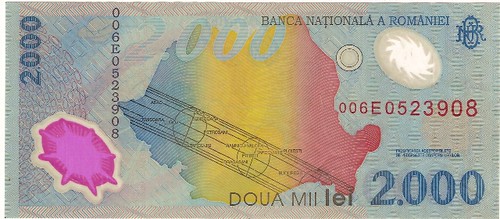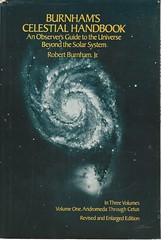
PREV ARTICLE
NEXT ARTICLE
FULL ISSUE
PREV FULL ISSUE
"HERCULES" COINS IN BURNHAM’S CELESTIAL HANDBOOKMike Marotta submitted this note on coins referenced in a classic handbook for astronomers. Thanks! -Editor
The coins are in approximately chronological order, beginning with what Burnham calls "a wonderfully archaic style" from Thebes c. 430 BCE. (It corresponds to Sear GCV 2377, though Burnham gives no catalogue numbers.) Also shown are a silver stater of Camarina, Sicily, (similar to SGCV 738). Of course, a Herakles/Zeus of Alexander the Great appears ("a thinly disguised portrait" according to Burnham). A shekel of Tyre, and a tetradrachm of Demetrios of Bactria also are illustrated. Three coins recognize the Twelve Labors: Herakles versus the Cretan bull on a didrachm from Silenus (SGCV 908); wrestling the Nemean lion (identified on as from the town of Heraclea); and fighting the Stymphalian birds (Stymphalos, Arkadia, SGCV 2739). Then, the hero is shown seated on a stater from Kroton, Bruttium (SGCV 473). The section closes with two Spanish 8 reales because they depict the Pillars of Hercules. The first was struck at Potosi, 1682. The second, struck in 1740, was recovered only after 1968, coming from the wreck of the Hollandia in the Scilly Islands in 1743. Astronomy and numismatics share a large debt to their amateur researchers. Until the 20th century, professional appointments in astronomy were limited to a few national observatories in Europe and the Americas. Even in the space age, paying gigs are rare. However, the worldwide amateur community is huge, discovering comets and asteroids, measuring stars, often completing important assignments when the major observatories are clouded over or out of the line of sight of some event. Of course, money objects are common media for depictions of stars, the moon, and other celestial objects. Marshall Faintich’s monograph Astronomical Symbols on Ancient and Medieval Coins (reviewed for The E-Sylum Volume 13, Number 45, November 7, 2010, Article 4) is a great introduction to this fascinating study. In our time, Romania issued a 2000-lei banknote commemorating the last solar eclipse of the 20th century. The back shows the path of totality over Romania.  To read the earlier E-Sylum article, see:
Wayne Homren, Editor The Numismatic Bibliomania Society is a non-profit organization promoting numismatic literature. See our web site at coinbooks.org. To submit items for publication in The E-Sylum, write to the Editor at this address: whomren@gmail.com To subscribe go to: https://my.binhost.com/lists/listinfo/esylum All Rights Reserved. NBS Home Page Contact the NBS webmaster 
|
